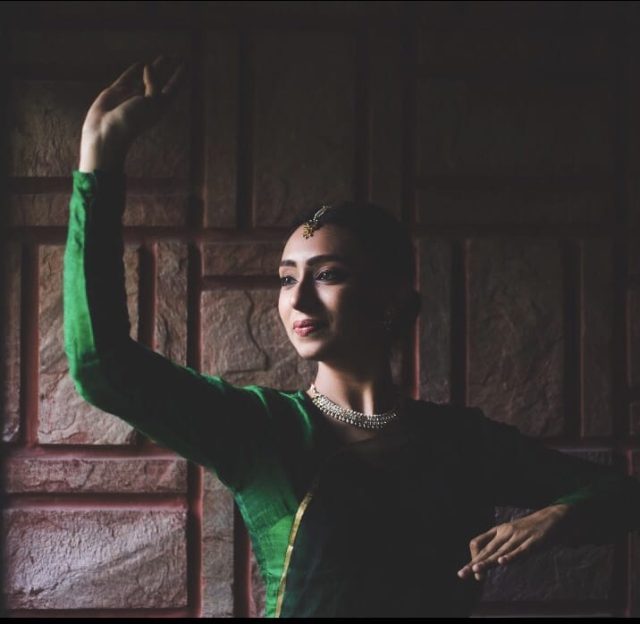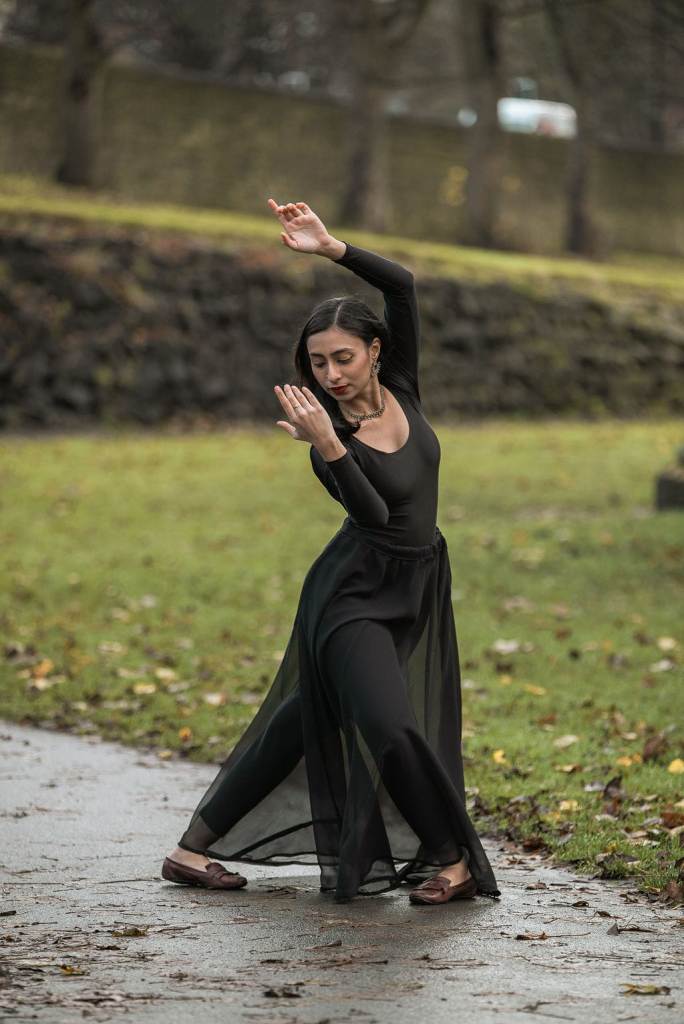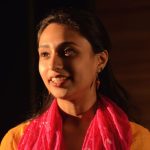
It is no news that artistic interventions have a huge impact on mental well-being. Where formal, structured counselling techniques have failed, arts-based methods like Dance Movement Therapy, Music Therapy, and Drama Therapy have proved to be a breakthrough practice for many people. As these practices become more and more popular in India, it is imperative to look at its current practice critically to understand how this benefits the people.
Arts-based methods of learning
Arts-based methods were first developed in educational settings most likely to adapt existing pedagogy to students with special needs like learning disabilities, physical disabilities and intellectual disabilities. These methods were developed as an alternative to mainstream education that put importance on rote learning, examinations and written abilities. Using musical rhythms to learn how to count, and theatre exercises to practice social behaviour in everyday scenarios are just some examples that utilised artistic process in education.
Impact of Arts on Health and Fitness
The other field in which the arts have lent a unique contribution to is Health and Fitness which have been in the spotlight for the past couple of decades as our nation develops. The definition of health is no longer limited to physical health. The mental and emotional health of a person is just as important in current discourse.
Thankfully, arts-based practises like dance have proved to be just as effective when it comes to mental ailments. Engaging your mind and body in an activity can improve your focus as it forces you to be present in the moment. It can boost your mental stamina as learning something new involves repetition and a healthy challenge. Moving physically will give your energy levels a boost. It promotes creative thinking and problem-solving skills. It allows you to meet new people who may struggle with similar issues which may help feeling less alone.

A deeper look into this space of arts-based interventions for health brought to the fore the work of Kathak dancer Shivani Jatar. Currently living in the UK, and originally from Mumbai, Shivani has worked on two projects that utilise techniques from her extensive Kathak dance training to create innovative ways to reach new audiences and talk about difficult subjects such as surviving chronic illnesses and identity-related confidence building.
Most recently she was a part of Creative Labs programme supported by the Cultural Institute, University of Leeds andBradford Producing Hub. Paired with Dr Lucy Prodgers, a lecturer in Psychology at the University of Leeds, whose research into the narratives around masculinity of patients with chronic health conditions like Crohn’s disease became the foundation of their exploration.
Shivani says “Dr Lucy and I agreed that academic studies often fail to fully comprehend the emotional, psychological, inter-personal effects of ill-health which affects the quality of recovery and rehabilitation that is available to them. We also agreed that artistic interventions like the one we embarked on was a great way to bridge this gap between academic research and the people facing such chronic health issues”.
For this project they presented three poems that Dr. Lucy wrote using the phrases, expressions and stories of her interviewees. The poems were rife with emotions ranging from defeated and painful to hopeful and heroic. “I used my training in Abhinaya (storytelling aspects of Kathak) to embody these emotions and help the viewers understand the extent of the issue”.
“Personally, it was an enriching experience as I performed to a new audience on a subject that matters to them using the vocabulary of Kathak. As with any classical dance style, Kathak can be exclusionary in its practice. There are strong cultural codes that don’t necessarily have the same value in contemporary contexts. So, as a contemporary practitioner of a classical dance style, I believe it’s imperative to find ways to make Kathak accessible to larger audiences by undertaking projects like these. In this instance, I was able to use Navarasafrom the Rasa Theory to talk about the patients’ stories of survival and their emotional struggles”.
Speaking of her other project, Shivani reflects “Earlier this year, I had the opportunity to test out a creative premise under the Elevate Residency supported by Open Source Arts, a multidisciplinary arts organisation in Leeds. I developed ‘Namesake’ on the premise that a person’s given name and its meaning had the potential to help mend people’s relationship to their identities, build confidence and embody new life purposes. We live in difficult times, and young people are at high risk of facing mental health issues. Thus, I would like to develop this further as an interactive workshop with the aim of empowering young people.”
One could find numerous examples of artistic ideas that have emerged in such interdisciplinary spaces. In the last two decades, there has been an uptick in lifestyle-related medical conditions that are chronic in nature and do not have a recourse in formal medicine. Rather, it is after treatment from doctors that people tend to look for alternative practises that would help them manage their condition in the long term. This is where yoga, Pilates, Zumba, dance and other movement forms have come to the rescue. What remains certain is the undeniably positive impact of arts-based methods on physical and mental health and well-being.
The fact that some work like that of Shivani Jatar demystifies classical dance by inviting people to engage with it in an informal environment is also a bonus. Making classical dance more relevant in community settings is just as essential to its evolution as is its performance practice.
Views of the author are personal and do not necessarily represent the website’s views.
 Shivani Jatar is a professional dancer, teacher and choreographer based in Leeds, UK. Originally from Mumbai, she trained extensively in Kathak before branching out to learn other disciplines. Shivani is dedicated to finding contemporary expressions of classical dance through her multidisciplinary practice.
Shivani Jatar is a professional dancer, teacher and choreographer based in Leeds, UK. Originally from Mumbai, she trained extensively in Kathak before branching out to learn other disciplines. Shivani is dedicated to finding contemporary expressions of classical dance through her multidisciplinary practice.
Source link
Modified by Maaaty at Cheap Generic Pharmacy

